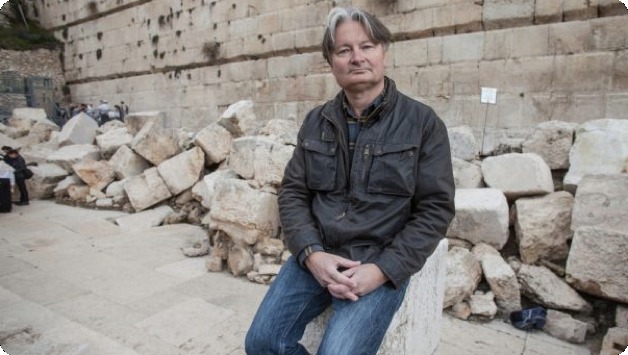
Those stones that so many Christians and Jews point to as the sacred remnants of Herod’s Temple destroyed in 70 CE may really be the refuse of an earthquake that hit Jerusalem in 363 CE.
Since the uncovering of these fallen stones in the 1970s the consensus has been that they are definitely the signs of the Roman destruction of Jerusalem.
“Not one stone shall be left upon another,” goes the prophecy of Jesus, and there is the evidence. Jews see them as the tangible link to the moment when they were believed to have been exiled from their city.
The January 4th 2015 edition of Haaretz publishes a challenge to all of that:
Main points of Professor Gibson’s thesis that was presented at Bar-Ilan University. I summarize them here:
1. How could they leave debris in the middle of a rebuilt city?
Since the discovery of these stones in the 1970s archaeologists have learned much more about Roman Jerusalem after that fateful year 70 CE.
Recent archaeological digs taught us that Roman Jerusalem (which became known as Aelia Capitolina) was a functioning city with a rich population, sturdy homes, a commercial life and wide, elegant streets.
It makes no sense to think that such a thriving city would leave the rubble from the year 70 lying in in its civic heart. Jerusalem was rebuilt. Stones from the previous destruction are the most likely to be the first to be used in that rebuilding.
2. Why would anyone build a bakery business beside a damaged wall and fallen stones?
A Roman era bakery has been discovered next to the rubble.
You don’t build next to a four-storey ruin.
3. The anachronism of the Temple Mount pillars

